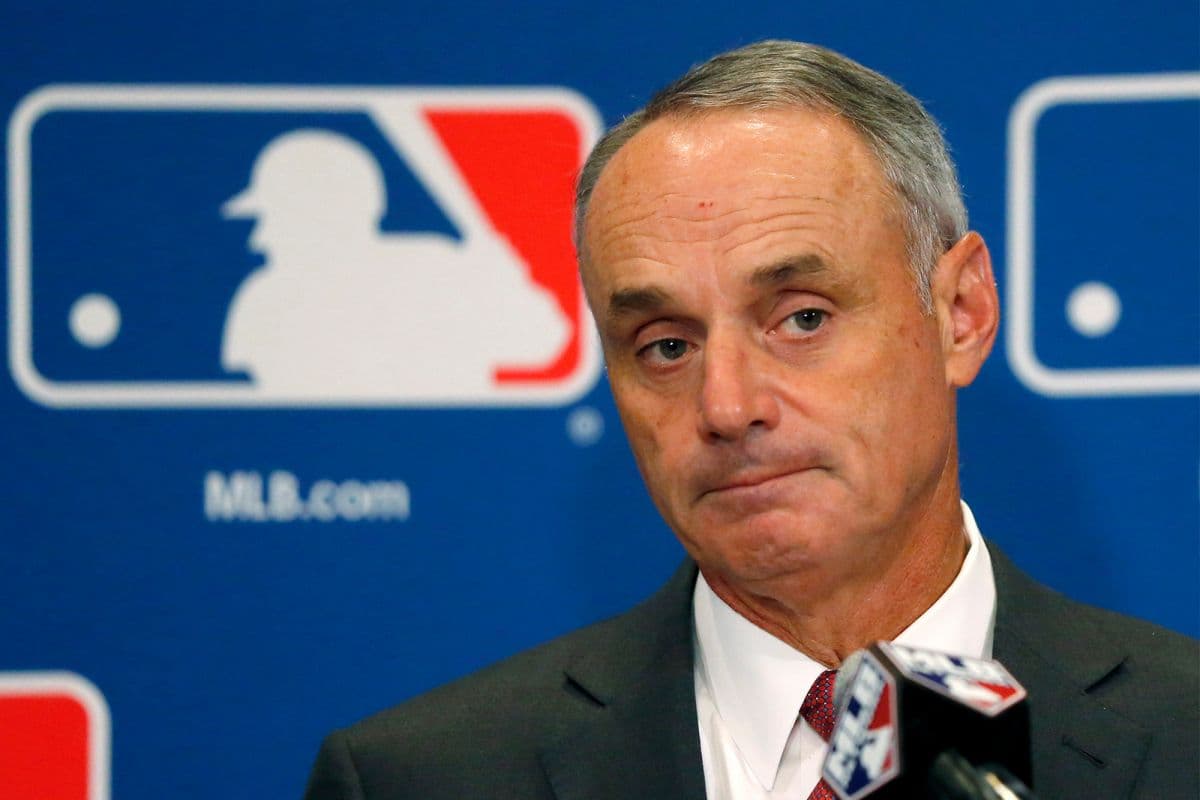A Modest Proposal: Fixing Service Time Manipulation in the new CBA
By Tammy Rainey
Nov 12, 2021, 09:00 EST
Keep scrolling for the next article
Breaking News
- Blue Jays GDB – 39.0: Toronto looks to keep the winning ways going in Seattle
- A consistent Addison Barger might be the spark plug the Blue Jays need
- Instant Reaction: Addison Barger hit three doubles in Blue Jays’ 6-3 win over Mariners
- Arjun Nimmala’s stock continues to rise in the Blue Jays farm system
- Blue Jays series recap: Jays collapse late in the first two games against Angels
